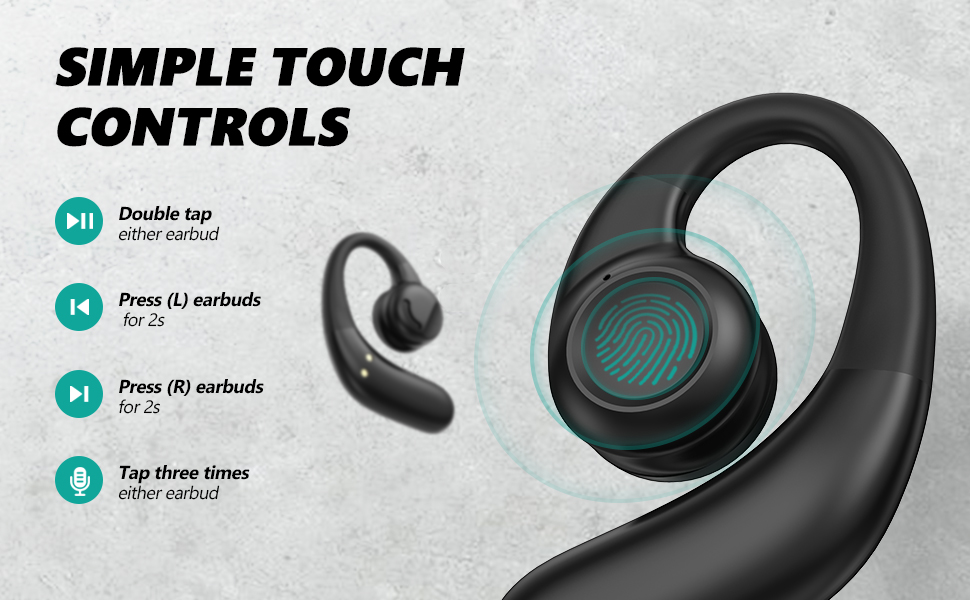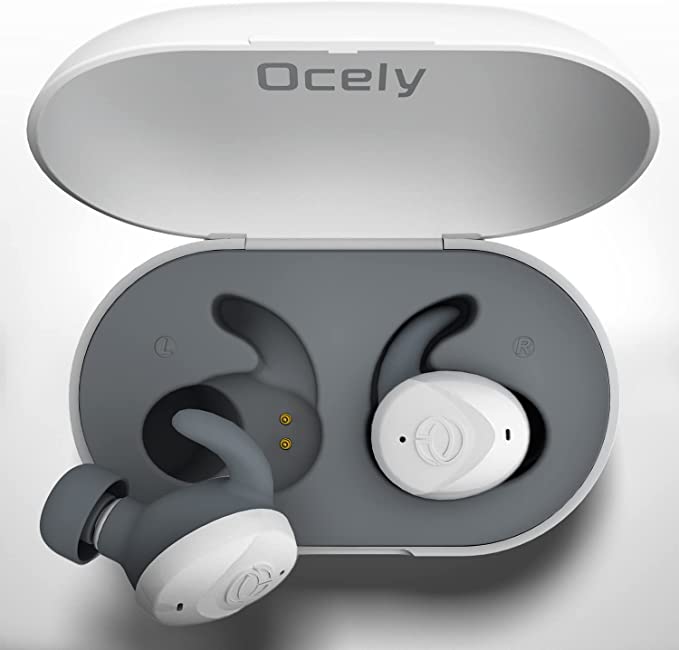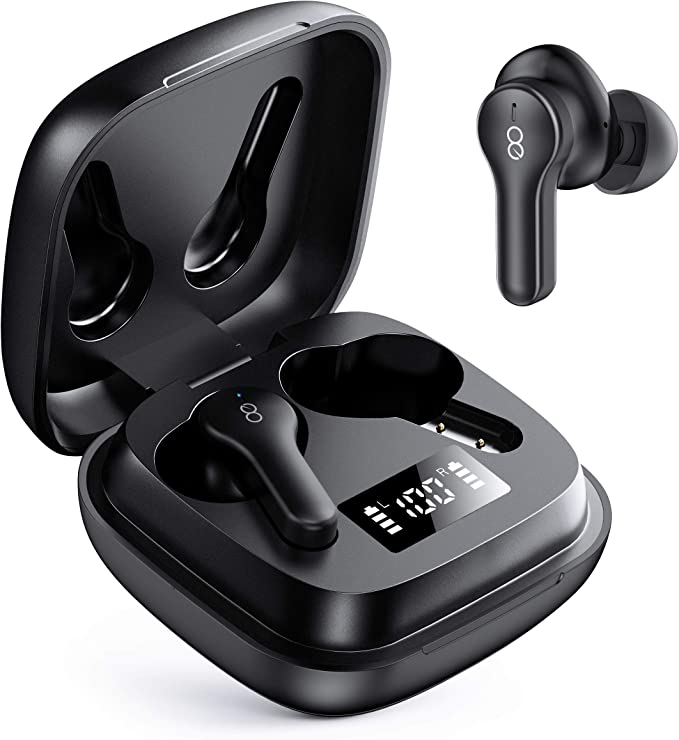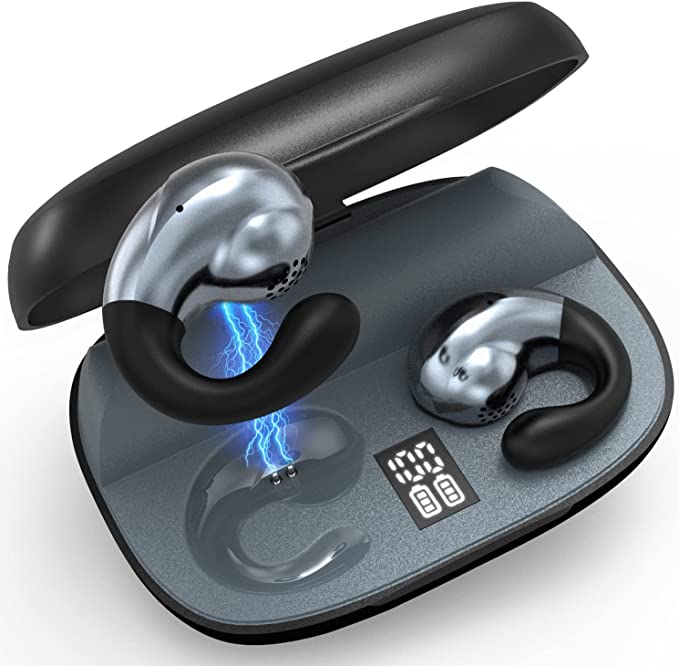Better Than Bone Conduction? The Physics of Bass and Safety in PSIER CT11
Update on Nov. 23, 2025, 8:37 a.m.
For outdoor athletes, the choice of headphones has always been a compromise between Safety and Sound Quality. Bone conduction headphones offered safety but sounded thin and tinny. Traditional earbuds sounded great but blocked out the sound of approaching traffic.
The PSIER CT11 Open Ear Headphones represent a third way: Air Conduction. By suspending a massive 16.2mm driver over the ear canal without sealing it, they aim to deliver the bass response of a loudspeaker with the situational awareness of bone conduction. To understand why this might be the superior technology for runners, we need to look at the physics of sound transmission and the biomechanics of fit.

Air Conduction vs. Bone Conduction: The Bass Equation
Bone conduction works by vibrating the skull to stimulate the cochlea. While ingenious, it is physically inefficient at transmitting low frequencies (bass). It often results in a “tickling” sensation at higher volumes and a distinct lack of depth.
The CT11 uses Air Conduction. * The Mechanism: It acts like a tiny, directed speaker. It pushes sound waves through the air into the ear canal, utilizing the eardrum exactly as nature intended. * The Advantage: This allows for a much broader frequency response. The 16.2mm Vibrating Diaphragm (massive compared to the 6-10mm drivers in standard buds) moves a significant volume of air. This creates a “cushion” of bass that feels rich and immersive, something bone conduction simply cannot replicate without heavy vibration.

Safety Engineering: The Open-Ear Awareness
For cyclists and runners, isolation is dangerous. A sealed earbud reduces ambient noise by 15-30 decibels—enough to mask the sound of an electric car or a cyclist shouting “on your left.”
The CT11’s open design leaves the ear canal completely unblocked. * Physics of Awareness: This allows ambient sound waves to enter the ear alongside the music. The brain processes these two audio streams simultaneously, allowing you to maintain Spatial Awareness. You can hear the crunch of gravel under tires or a siren blocks away, reacting instantly while your playlist keeps pumping.
Biomechanics: The Ear Hook Stability
In-ear buds rely on friction against the ear canal to stay put. As you sweat, this friction coefficient drops, and buds slip out.
The CT11 utilizes a Gravity-Assist Ear Hook.
* The Logic: The weight of the device is distributed over the curve of the pinna (outer ear). It hooks securely behind the ear, meaning gravity actually helps keep it in place rather than pulling it out. Whether you are sprinting or doing burpees, the mechanical lock of the hook ensures the driver stays aligned with your ear canal without needing constant adjustment.

Endurance: 60 Hours and IPX7
Long-distance training requires gear that outlasts the athlete. The CT11 combines a high-capacity battery system with Bluetooth 5.3 efficiency to deliver 60 hours of total playtime (11 hours per charge).
Furthermore, the IPX7 rating is critical.
* The Test: It withstands submersion in 1 meter of water.
For a runner, this means it is impervious to the most corrosive element of all: sweat. It can be rinsed under a tap after a run, ensuring salt buildup doesn’t corrode the charging contacts—a common failure point in lesser sport headphones.

Conclusion: The Athlete’s Audio Solution
The PSIER CT11 is not just a headphone; it is a piece of safety equipment. By choosing Air Conduction over Bone Conduction, it refuses to compromise on sound quality. By choosing an open design, it refuses to compromise on safety. It offers a robust, high-fidelity soundtrack for the active life, proving that you don’t need to block out the world to enjoy your music.





































